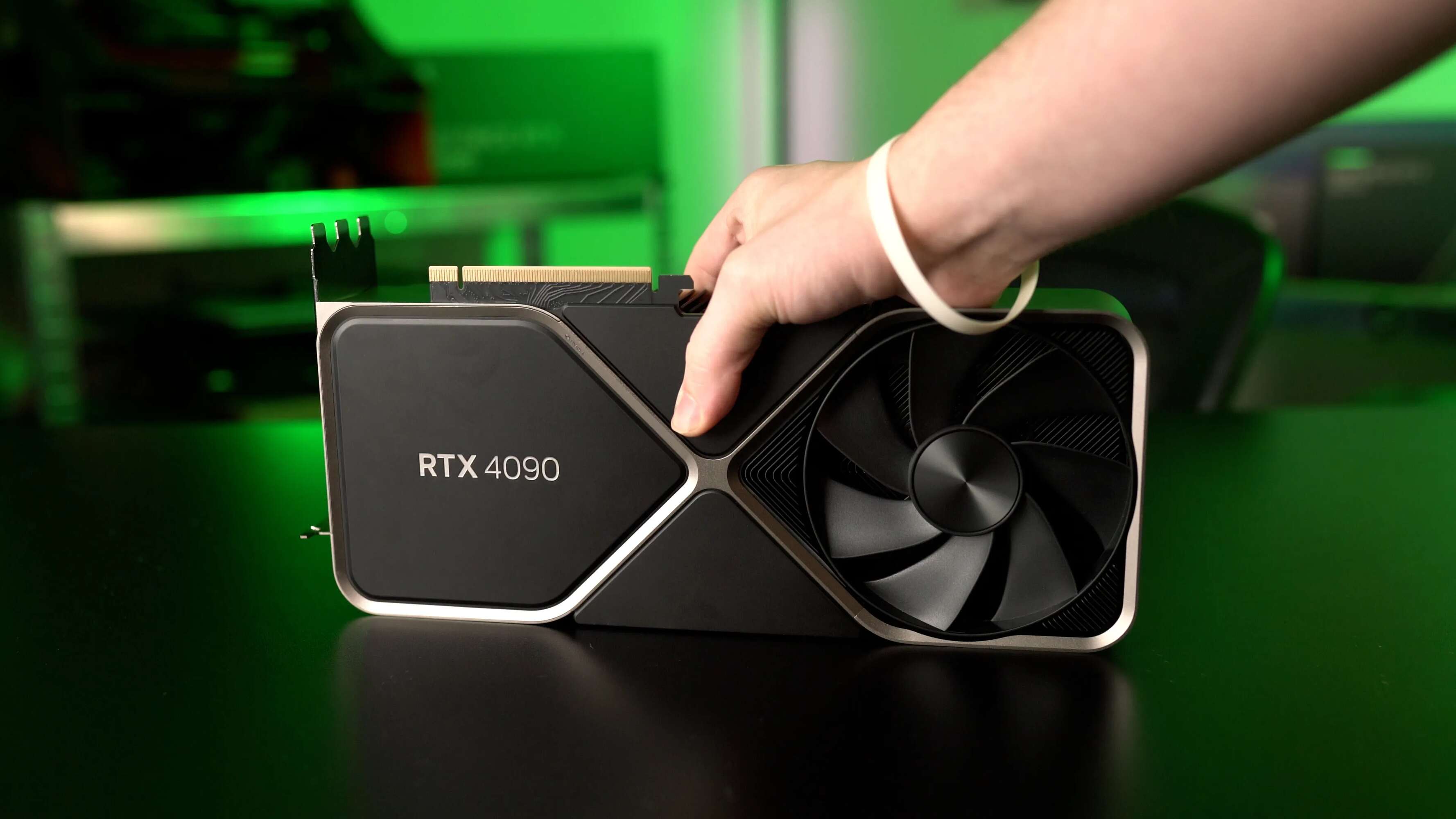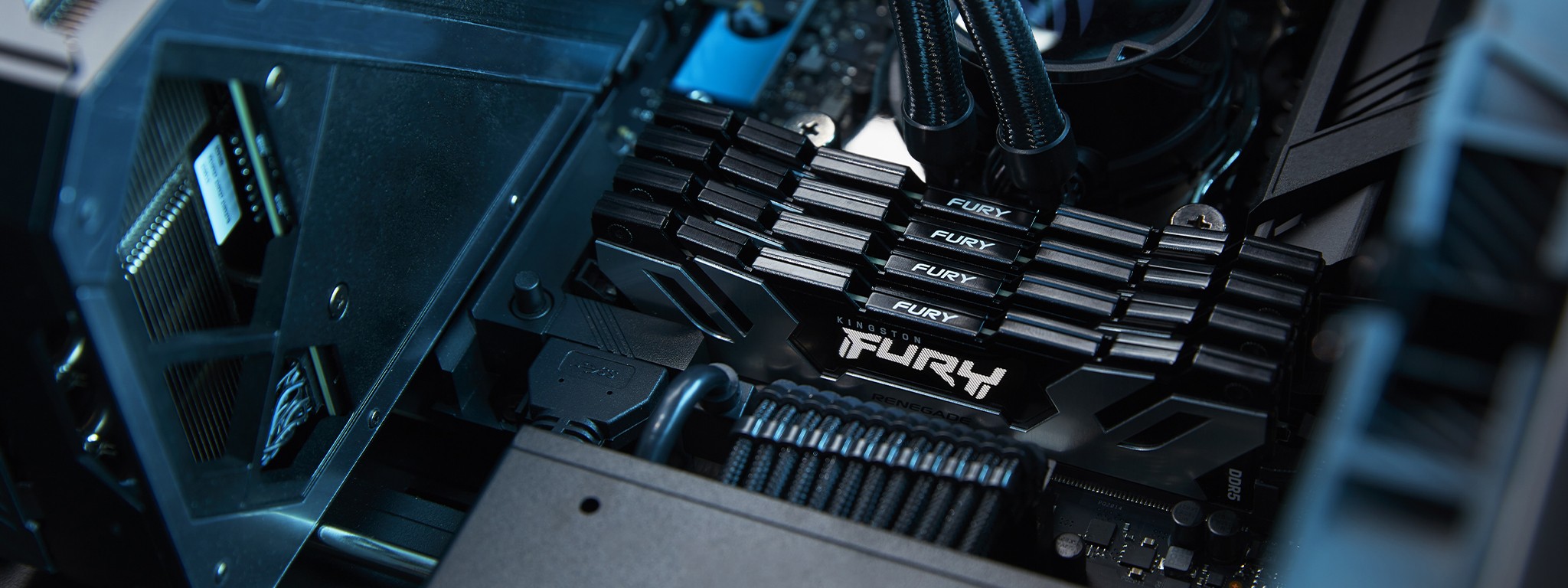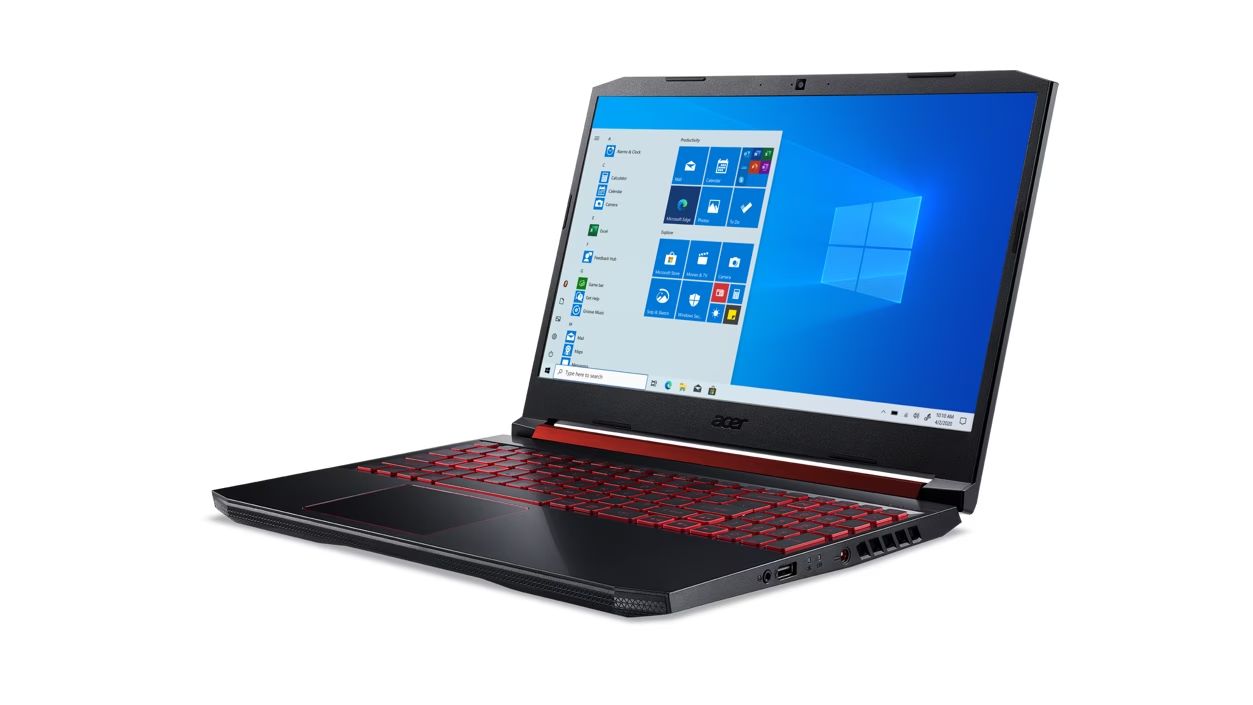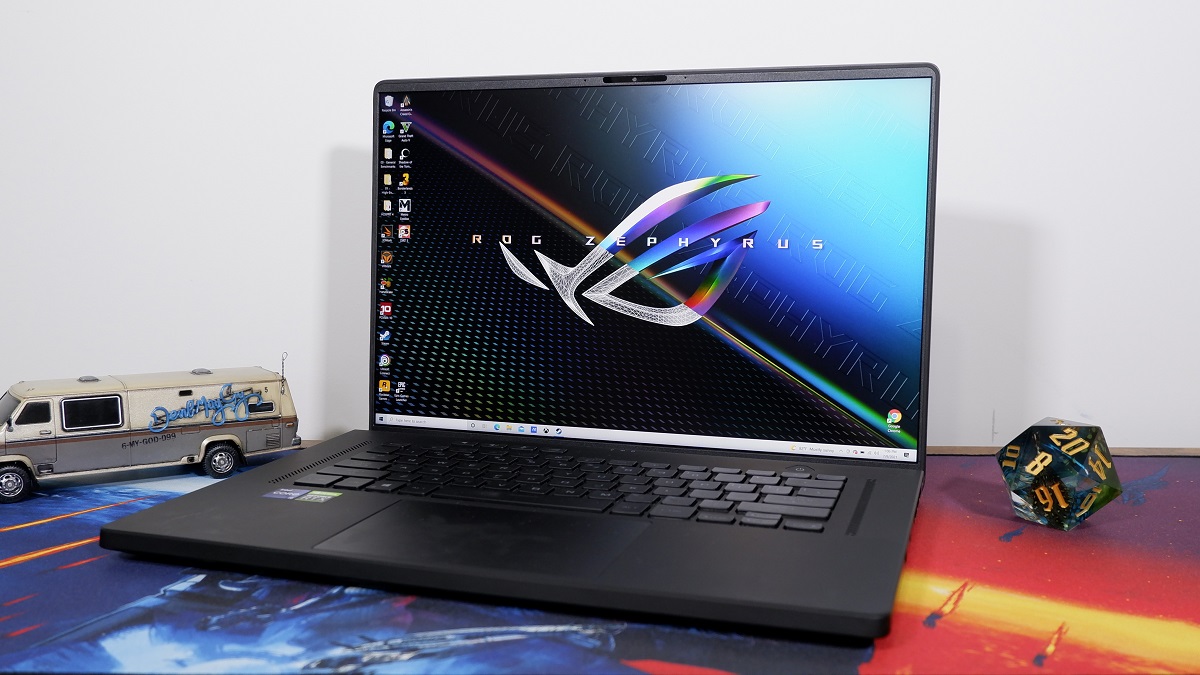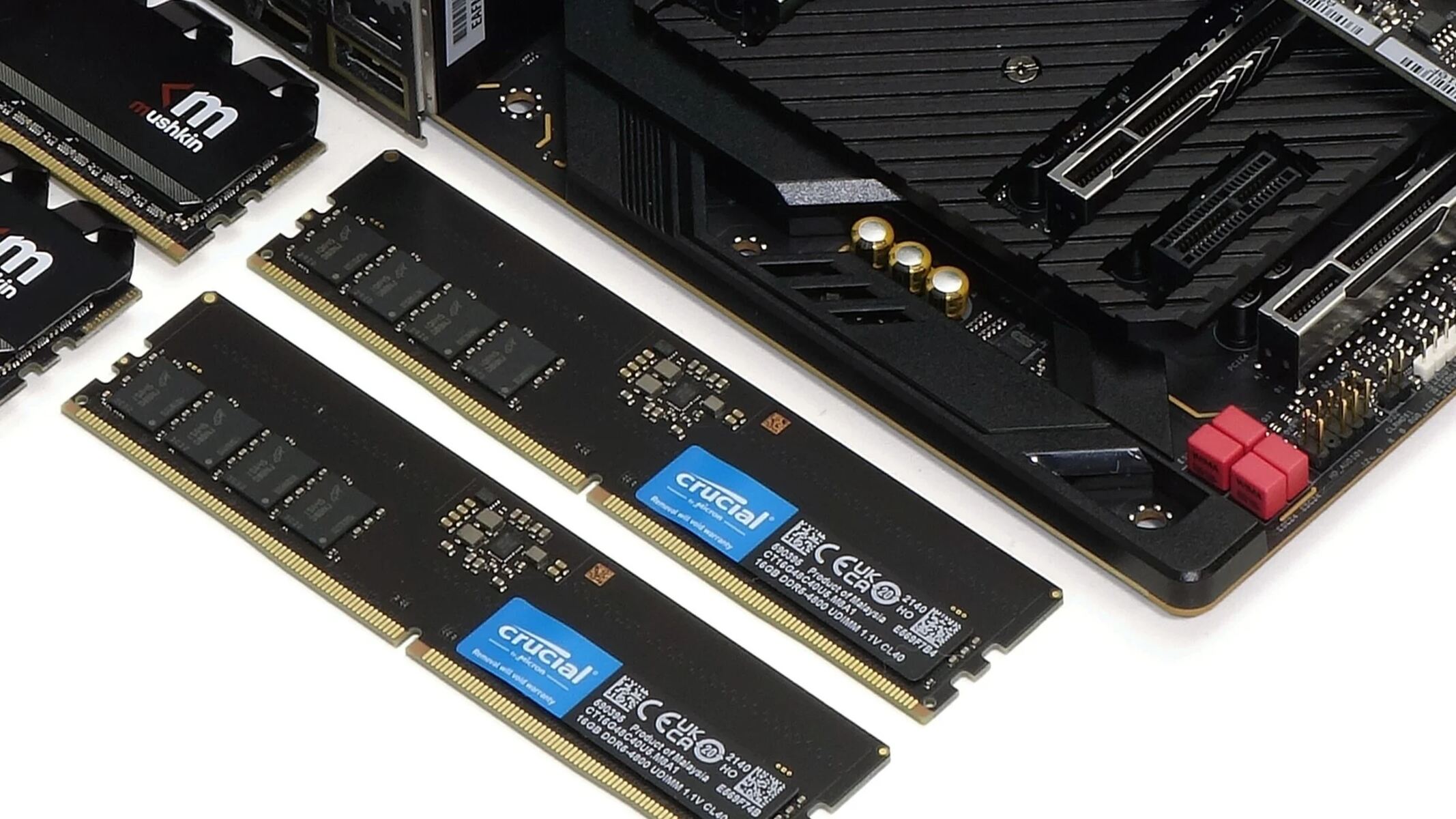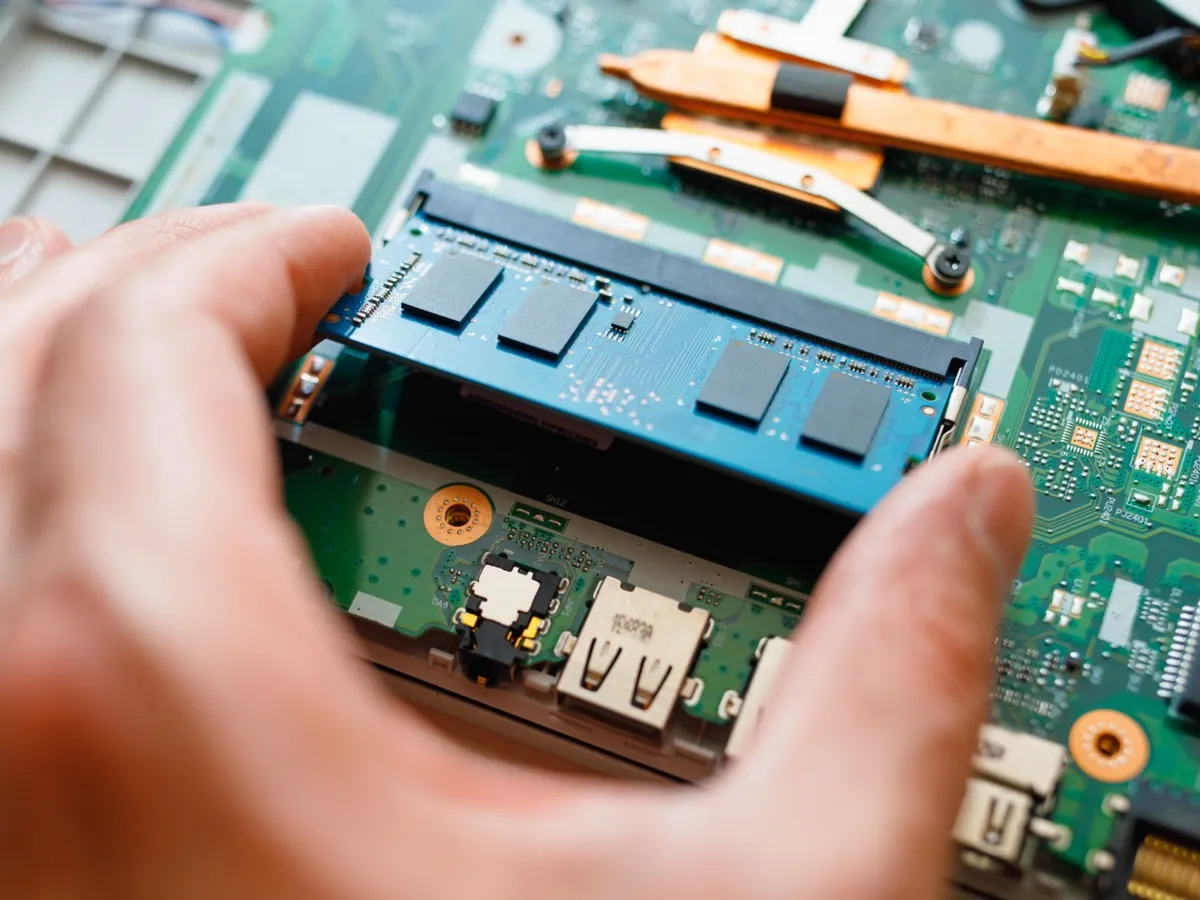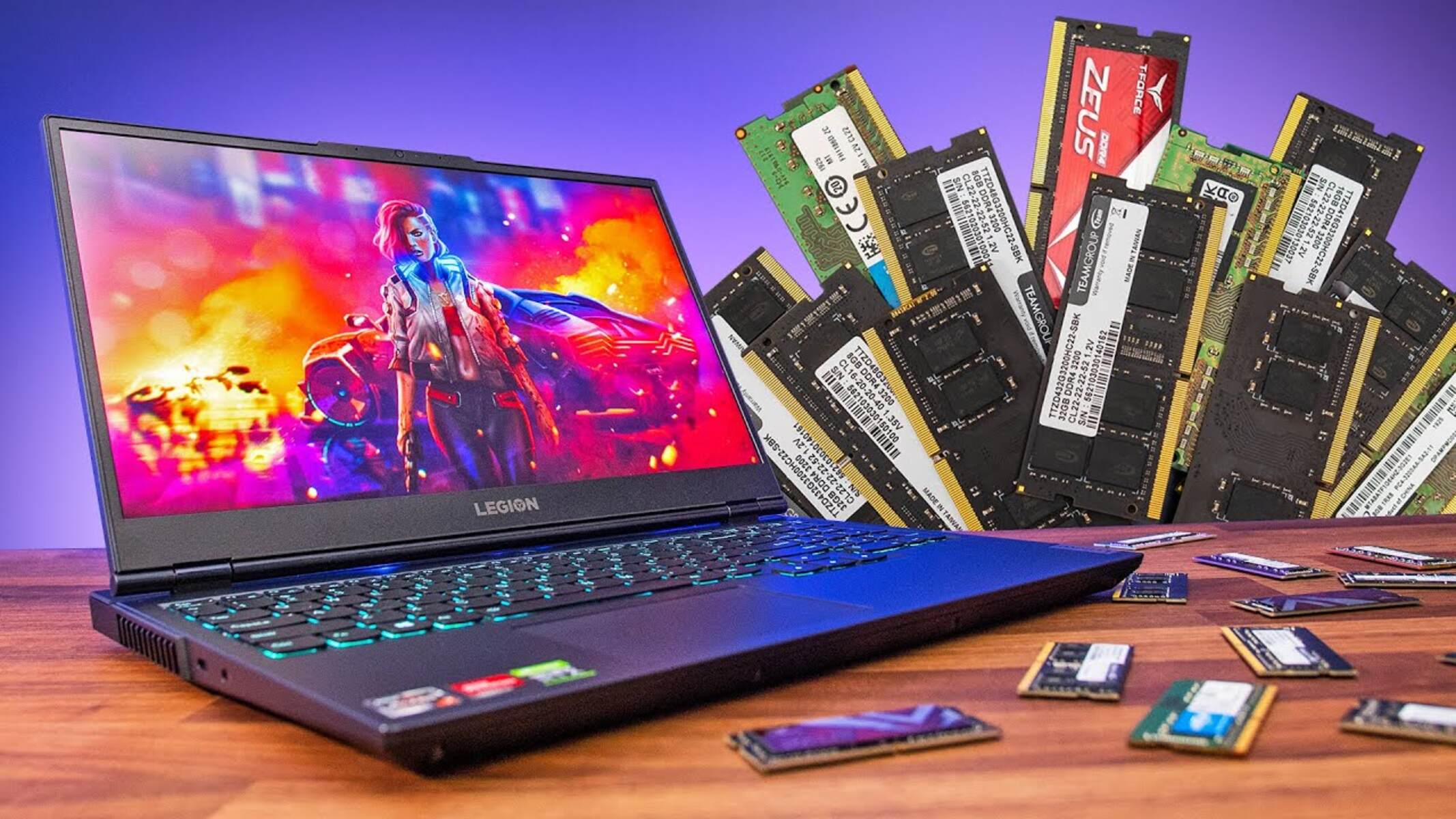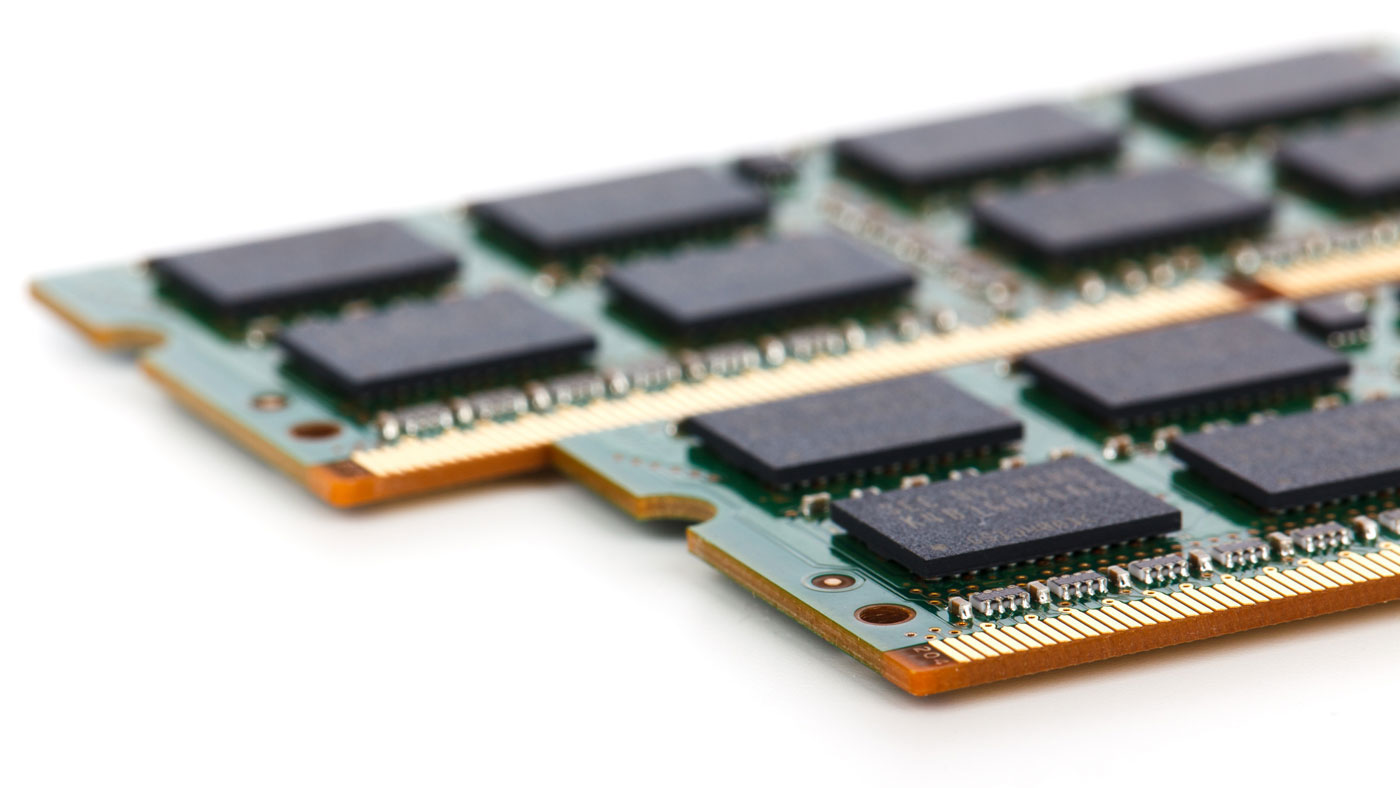Introduction
When it comes to computer graphics, having sufficient RAM on your graphics card is crucial for optimal performance. The amount of RAM on your graphics card directly affects its ability to handle intensive tasks such as gaming, video editing, and 3D modeling. However, not everyone is aware of how much RAM their graphics card has, especially if they didn’t build their computer themselves or if they’re using a pre-built system.
Knowing the amount of RAM on your graphics card is essential for several reasons. First and foremost, it helps you determine if your graphics card can handle the latest games and graphics-intensive applications. Additionally, it allows you to troubleshoot any performance issues you might be experiencing, as inadequate RAM can be a major bottleneck.
In this article, I will guide you through several methods to find out how much RAM your graphics card has. Whether you’re a gaming enthusiast looking to optimize your setup or simply curious about your system’s capabilities, these methods will help you gather the necessary information.
It’s important to note that these methods are applicable to Windows-based systems. If you’re using a different operating system, the steps may vary slightly.
Method 1: Checking the Manufacturer’s Website
One of the easiest and most reliable ways to find out how much RAM your graphics card has is by visiting the manufacturer’s website. Most reputable graphics card manufacturers provide detailed product information, including specifications, on their websites.
To get started, open your web browser and navigate to the website of the manufacturer of your graphics card. Look for a section dedicated to graphics cards or products. Once you’ve found the appropriate section, search for the specific model of your graphics card.
Once you have located your graphics card model, you should find a section that lists its specifications. Look for the amount of memory or RAM mentioned in the specifications. It is typically represented in gigabytes (GB). Common RAM sizes for graphics cards range from 2GB to 16GB or more, depending on the model and intended use.
If you can’t find the exact model of your graphics card on the manufacturer’s website, try searching for a general product information page or a support section that provides a list of all their graphics card models. You can then find the specifications for your graphics card from there.
Checking the manufacturer’s website is especially helpful when you have the exact model and make of your graphics card. However, if you’re using a pre-built computer or a system where the graphics card was not specifically mentioned, you might need to use alternative methods to determine the model of your graphics card before checking the manufacturer’s website.
Keep in mind that the manufacturer’s website may sometimes provide additional information about your graphics card, such as clock speeds, power requirements, and other technical specifications. This can be useful if you’re looking to overclock your graphics card or troubleshoot any performance-related issues.
Method 2: Using Windows Task Manager
If you’re using a Windows-based computer, another simple way to determine how much RAM your graphics card has is by using the built-in Windows Task Manager. The Task Manager provides valuable system information, including the RAM usage of your graphics card.
To access the Task Manager, right-click on your taskbar and select “Task Manager” from the context menu. Alternatively, you can press the “Ctrl + Shift + Esc” keys on your keyboard.
Once the Task Manager opens, make sure you’re in the “Processes” tab. If you don’t see the tab, click on “More details” at the bottom to expand the Task Manager window.
In the “Processes” tab, scroll down until you find the “GPU Engine” or “Graphics” section. Under this section, you should see a list of processes related to your graphics card. Look for the process with the highest memory usage. The memory value listed next to this process represents the amount of RAM your graphics card is using.
It’s important to note that the memory usage value provided in the Task Manager may not represent the total amount of RAM on your graphics card. It only shows the current usage at that specific moment. However, it can give you a rough estimate of the RAM capacity.
If you’re unable to find the “GPU Engine” or “Graphics” section in the Task Manager, it might indicate that your graphics card does not support this feature, or your graphics drivers are not properly installed. In such cases, consider using alternative methods to determine the amount of RAM on your graphics card.
The Task Manager method is quick and convenient, making it an excellent solution if you don’t have access to the manufacturer’s website or prefer a straightforward approach.
Method 3: Using System Information
If you’re using a Windows-based computer, another method to find out how much RAM your graphics card has is by using the built-in System Information tool.
To access System Information, press the “Windows + R” keys on your keyboard to open the Run dialog box. Type “msinfo32” into the box and click “OK.”
Once System Information opens, you’ll see a comprehensive overview of your system’s specifications. On the left-hand side, navigate to “Components” and expand the menu. Then, select “Display” to view information specifically related to your graphics card.
In the right-hand pane, you’ll find various details about your graphics card, including the name, manufacturer, chipset, and installed memory (RAM). Look for the value listed next to “Adapter RAM” or “Dedicated Video Memory.” This value represents the amount of RAM on your graphics card.
It’s worth noting that the System Information tool provides the total dedicated video memory on your graphics card, which is different from shared memory or system memory that might be allocated to handle graphics tasks. The dedicated video memory is specifically reserved for graphics operations.
While using System Information is a straightforward method, it’s important to be aware that the information provided is based on what is reported by your system and may not always be entirely accurate. In some cases, the reported memory size might be lower than the actual amount of RAM on your graphics card.
If you’re unable to access System Information or if the provided information seems incorrect, consider utilizing alternative methods or consulting third-party software to get a more accurate reading of your graphics card’s RAM capacity.
The System Information method is a reliable and built-in solution for finding out how much RAM your graphics card has without relying on external sources or software.
Method 4: Using GPU-Z Software
If you want to gather comprehensive and detailed information about your graphics card, including the amount of RAM it has, using specialized software like GPU-Z is an excellent option.
GPU-Z is a free, lightweight tool that provides in-depth information about your graphics card and its performance. It displays real-time data and detailed specifications, making it an ideal choice for determining the RAM capacity of your graphics card.
To use GPU-Z, you first need to download and install it from the official website. Once installed, launch the application, and it will automatically detect and display information about your graphics card.
In the main window of GPU-Z, you’ll find various tabs containing different details about your graphics card. To specifically view the memory-related information, navigate to the “Graphics Card” tab.
In the Graphics Card tab, you’ll see detailed information about your graphics card, including its name, GPU, BIOS version, and memory size. Look for the “Memory Size” field, which indicates the amount of RAM on your graphics card. The memory size is usually listed in gigabytes (GB).
GPU-Z provides accurate and up-to-date information about your graphics card’s memory capacity. It also provides additional technical details such as memory type, bandwidth, and clock speed, which can be useful for advanced users and enthusiasts.
Using GPU-Z eliminates the need to navigate through manufacturer websites or rely on built-in Windows tools, as it offers a comprehensive and dedicated solution for quickly accessing and understanding your graphics card’s memory capacity.
However, keep in mind that GPU-Z is specific to Windows operating systems, so if you’re using a different operating system, explore alternative methods or software options tailored to your platform for gathering the necessary information.
Method 5: Checking the Graphics Card Physical Labels
If you prefer a direct and visual way of finding out how much RAM your graphics card has, you can check the physical labels on the card itself. This method is helpful when you have access to the actual hardware and want a quick reference.
Locate your graphics card on your computer’s motherboard. It is usually seated in a PCI Express slot and has ports for connecting displays. Once you find the graphics card, look for any stickers or labels on it that provide information about its specifications.
In many cases, graphics cards have labels that include details such as the model name, manufacturer, and sometimes the amount of memory or RAM. The RAM specification may be mentioned in gigabytes (GB) or in some cases, it may be indicated by a specific branding of the manufacturer (e.g., 8GB GDDR6).
These labels can be found on the front or back of the graphics card. Inspect the card carefully to locate any relevant markings that indicate the amount of RAM.
It’s important to note that while checking the physical labels on your graphics card can provide valuable information, it may not be as detailed or updated as other methods. Graphics cards can be upgraded or modified, and the labels may not accurately reflect the current RAM capacity, especially if the card has been modified by a third party.
In cases where the labels do not clearly indicate the RAM size, it is recommended to use other methods mentioned earlier, such as checking the manufacturer’s website, using software tools, or referring to system information, for more accurate and detailed information.
The physical label method is a handy solution when you need quick information or a visual confirmation of your graphics card’s specifications. However, it’s always recommended to cross-verify with other methods for accurate and up-to-date information about your graphics card’s RAM.
Conclusion
Knowing how much RAM your graphics card has is essential for optimizing its performance and determining its capability to handle graphics-intensive tasks. In this article, we explored five different methods to find out the RAM capacity of your graphics card.
We started by checking the manufacturer’s website, which provides reliable and detailed specifications for your graphics card. Then, we discussed using Windows Task Manager to monitor the memory usage of your graphics card in real-time. The System Information tool offered a built-in solution to access comprehensive system details, including graphics card memory information.
For those looking for more detailed information, we explored the use of GPU-Z software, which provides comprehensive and real-time data about your graphics card, including the amount of RAM. Finally, we mentioned the option of checking the physical labels on your graphics card itself for a quick reference.
It’s important to note that the accuracy and availability of these methods may vary depending on your specific system and graphics card. Therefore, it’s advisable to use multiple methods to cross-verify the information and ensure accuracy.
By employing these methods, you can easily determine the RAM capacity of your graphics card. Whether you’re a gamer, a professional graphic designer, or simply curious about your system’s specifications, knowing the RAM capacity of your graphics card allows you to make informed decisions and optimize your computing experience.
Remember to keep your graphics card drivers up to date and consider upgrading your graphics card if you’re looking for improved performance in your graphics-intensive tasks.
With the knowledge gained from this article, you can confidently assess the capabilities of your graphics card and make any necessary adjustments to ensure optimal performance and enjoyment of your computer graphics experience.







